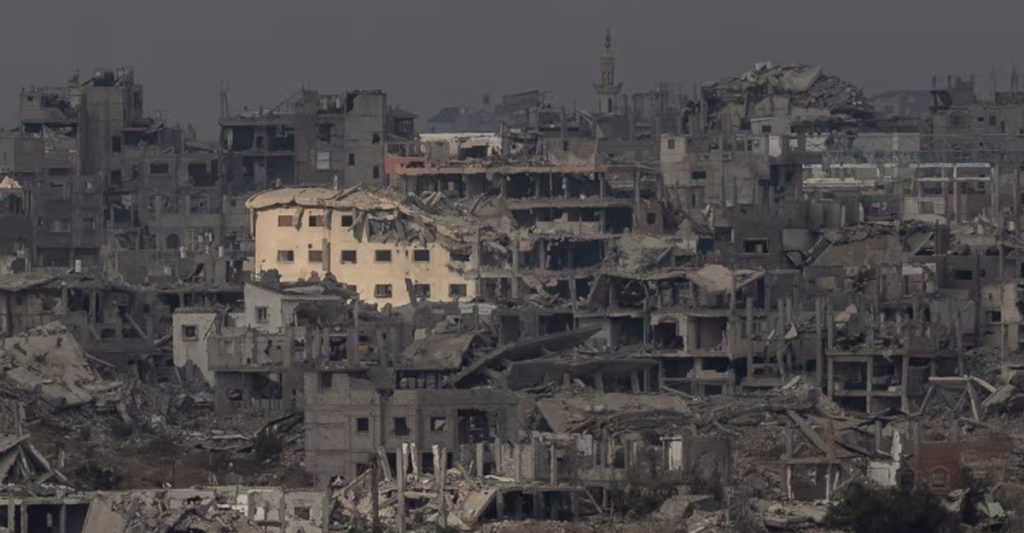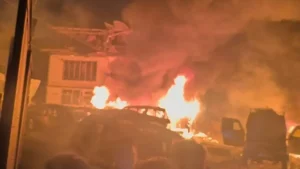More than a month after the ceasefire took effect in Gaza, a serious situation has come to light inside an underground tunnel located in the eastern territory controlled by Israeli forces. According to CNN, over 200 Hamas fighters are trapped inside the tunnel, unable to come out or communicate with their central command.
Ceasefire Lines, Leadership Pressure, and Growing Diplomatic Concerns
Following the implementation of the ceasefire, Gaza has effectively become split east–west — Israeli forces in the east and Hamas in the west. Under the agreement, neither side is permitted to cross into the other’s zone.
Hamas fighters stationed in the underground area controlled by Israel had been active there even before the ceasefire. Now, however, attempting to exit the tunnel would place them directly under Israeli fire.
Israeli Prime Minister Benjamin Netanyahu has made it clear that his government has no intention of giving these fighters safe passage into Hamas-controlled Gaza. Hamas has stated that its fighters will never surrender or hand over their weapons.
With no access to food or water inside the tunnel, CNN reports that the trapped fighters face only two options: surrender or fight to the death. The uncertainty surrounding the fate of these fighters has become a major concern for international mediators.
Analysts warn that the unresolved tunnel crisis could jeopardize the broader ceasefire process. U.S. officials are reportedly pressing Israel for a resolution. According to Israeli sources, Jared Kushner — senior adviser and son-in-law of former President Donald Trump — raised the issue directly with Netanyahu during a recent meeting.
The U.S. wants to move toward the “second phase” of the ceasefire, which includes the deployment of an international security force in Gaza, the disarmament of Hamas, and a gradual withdrawal of Israeli troops.
Internal Israeli Pressure and Conflicting Claims Over Tunnel Operations
Inside Israel, Netanyahu faces pressure from right-wing groups who argue that Hamas fighters should not be allowed to leave safely. Former Defense Minister Avigdor Lieberman said: “Terrorists who murder our soldiers after a ceasefire deserve only two options — surrender and prison, or death.” This political pressure has made concessions more difficult for Netanyahu.
Last week, the Israeli Defense Forces (IDF) confirmed that they had engaged with Hamas fighters inside the tunnel. The IDF said its forces were attempting to demolish underground structures when Hamas fighters opened fire. Israel says the ceasefire agreement allows it to destroy military tunnels within its area of control. Hamas has condemned the operation as a clear violation of the agreement.
Amnesty Provisions, Failed Alternatives, and Uncertain Future of the Ceasefire
The ceasefire framework includes a provision offering general amnesty to fighters who lay down their weapons and commit to peaceful conduct. But Hamas’s leadership has indicated that surrender is unacceptable.
There have been discussions about relocating the trapped fighters to a third country, but no agreement has been reached. Analysts say the unresolved situation has turned the fighters into a ticking time bomb.
The fate of the Hamas fighters trapped in the underground tunnel has become one of the most significant obstacles to the Gaza ceasefire process. Whether the fragile truce holds or tensions escalate now depends heavily on delicate diplomatic negotiations.







